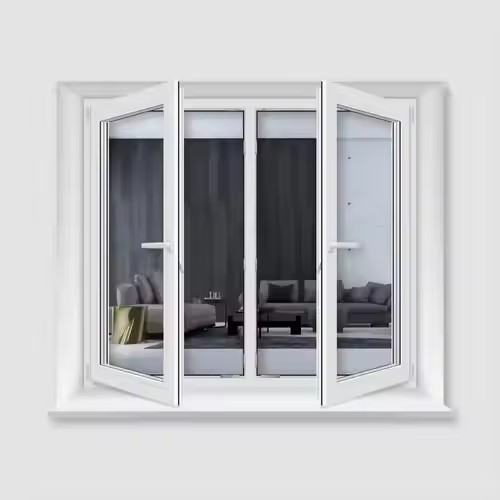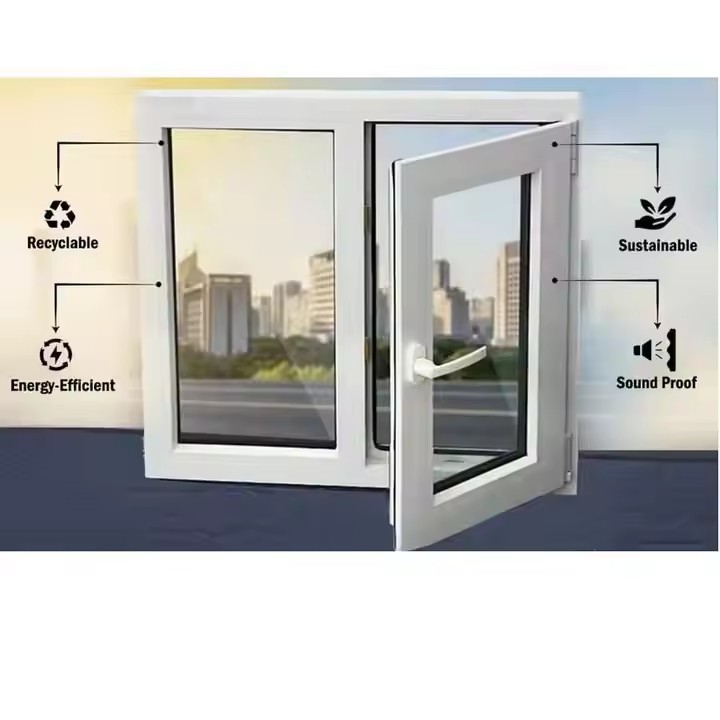As competition intensifies in the building materials industry, the survival and growth of door and window enterprises increasingly depend on the level of refinement in their production management. Refined production management is not only a key strategy for cost reduction and efficiency improvement, but also a core driver for ensuring product quality and enhancing customer satisfaction. Due to the highly customized nature of doors and windows, the wide variety of materials involved, and the complexity of production processes, the requirements for production precision are significantly higher. To achieve refined production management, companies must build a comprehensive control system across multiple dimensions, including technological empowerment, process optimization, personnel management, and data-driven decision-making. With the advancement of modern technology, door and window enterprises can leverage data analysis and digital tools to improve production efficiency. Additionally, given the large-scale demands of the construction industry, improving production speed is essential to meet tight delivery deadlines.
Technological Empowerment: The Foundation of Refined Production
In door and window manufacturing, the deep application of digital technologies helps break through the information barriers of traditional production models. By implementing an ERP (Enterprise Resource Planning) system, companies can enable real-time coordination between order information, material requirements, and production planning. Once customer orders are entered, the ERP system can automatically generate a Bill of Materials (BOM), match it with inventory levels, and create procurement plans to avoid overstocking or material shortages. For example, an aluminum door and window manufacturer reduced its order response time by 30% and improved inventory turnover by 25% through ERP integration. Meanwhile, deploying a Manufacturing Execution System (MES) allows for visualized shop floor control—machine status, process progress, and quality inspection data can all be uploaded in real time to a central management platform. Managers can monitor the entire production process via dashboards and quickly identify bottlenecks. For high-precision tasks like CNC cutting and welding, integrating IIoT (Industrial Internet of Things) enables remote monitoring and automatic adjustment of machine parameters, controlling tolerances within 0.1mm and significantly reducing defect rates. Digital technologies not only empower internal operations but also promote industry-wide connectivity and collaboration, creating a win-win ecosystem.

Process Optimization: The Core of Refined Production
The manufacturing of doors and windows involves dozens of steps, including cutting, assembly, coating, and installation. Any disruption between steps can lead to inefficiencies. Establishing standardized operating procedures (SOPs) is key to resolving this issue. Companies should define clear guidelines for each process, including material usage standards, machine settings, and quality control checkpoints. For example, in the profile cutting process, SOPs should specify cutting angles, length tolerances, and edge smoothness for different product models, along with appropriate inspection tools and methods. Process reengineering can further enable seamless workflow transitions. Implementing a “single-piece flow” production mode—where products are made in the exact order of customer demand—replaces traditional batch production, reducing work-in-progress inventory. One company shortened its production cycle from 15 days to 7 days and reduced in-process inventory by 60% through workflow optimization. Furthermore, quick-changeover mechanisms are vital. For various product series, standardized molds and fixtures should be prepared in advance. With SMED (Single-Minute Exchange of Die) techniques, mold change times can be reduced from 2 hours to under 30 minutes, improving equipment utilization.
Personnel Management: The Safeguard of Refined Production
The quality and efficiency of door and window production largely depend on the skills and accountability of frontline workers. Establishing a tiered training system is fundamental. New employees should undergo one month of theoretical and hands-on training, and only those who pass assessments are allowed to work on the production line. Experienced workers should regularly attend upskilling programs to master new materials and processes. Implementing a skill certification system—linking skill levels to compensation—can further motivate learning and professional growth. On the shop floor, the “5S” management method (Sort, Set in order, Shine, Standardize, Sustain) should be applied to standardize material placement, tool organization, and equipment maintenance, creating a clean and orderly production environment. One company reduced equipment failure rates by 40% and improved employee satisfaction by 25% through effective 5S implementation. In addition, establishing a performance evaluation system that quantifies individual metrics—such as output, quality, and energy consumption—enables a merit-based compensation scheme. Incentives such as quality awards and innovation bonuses can encourage employees to actively participate in production improvement initiatives.

Data-Driven Approach: The Advanced Direction of Refined Production
In the era of big data, door and window enterprises must leverage data collection, analysis, and application to achieve precise control of production processes. A full-process data acquisition system should be built, with sensors and smart meters installed at critical steps to collect data on machine performance, material consumption, and environmental conditions in real time. Devices like barcode scanners and PDAs can track product movement throughout the entire production cycle, forming a complete data chain from order to delivery. Using data analysis tools, companies can extract actionable insights—for example, analyzing quality data to identify causes of frequent defects and improve processes accordingly, or analyzing energy consumption data to optimize machine operating schedules and reduce energy use per unit of product.

